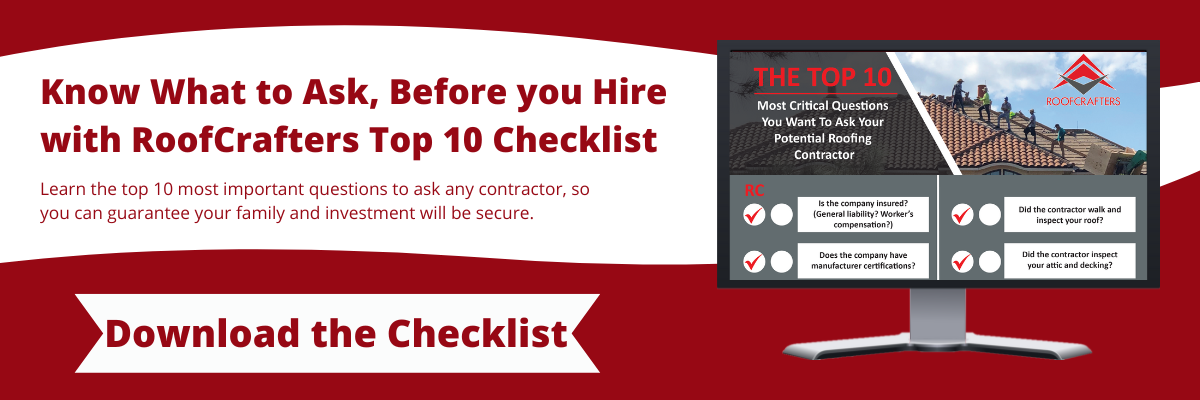Roofing Projects with Safety in Mind: Protecting Workers on the Job
June , 2023 | 4 min. read
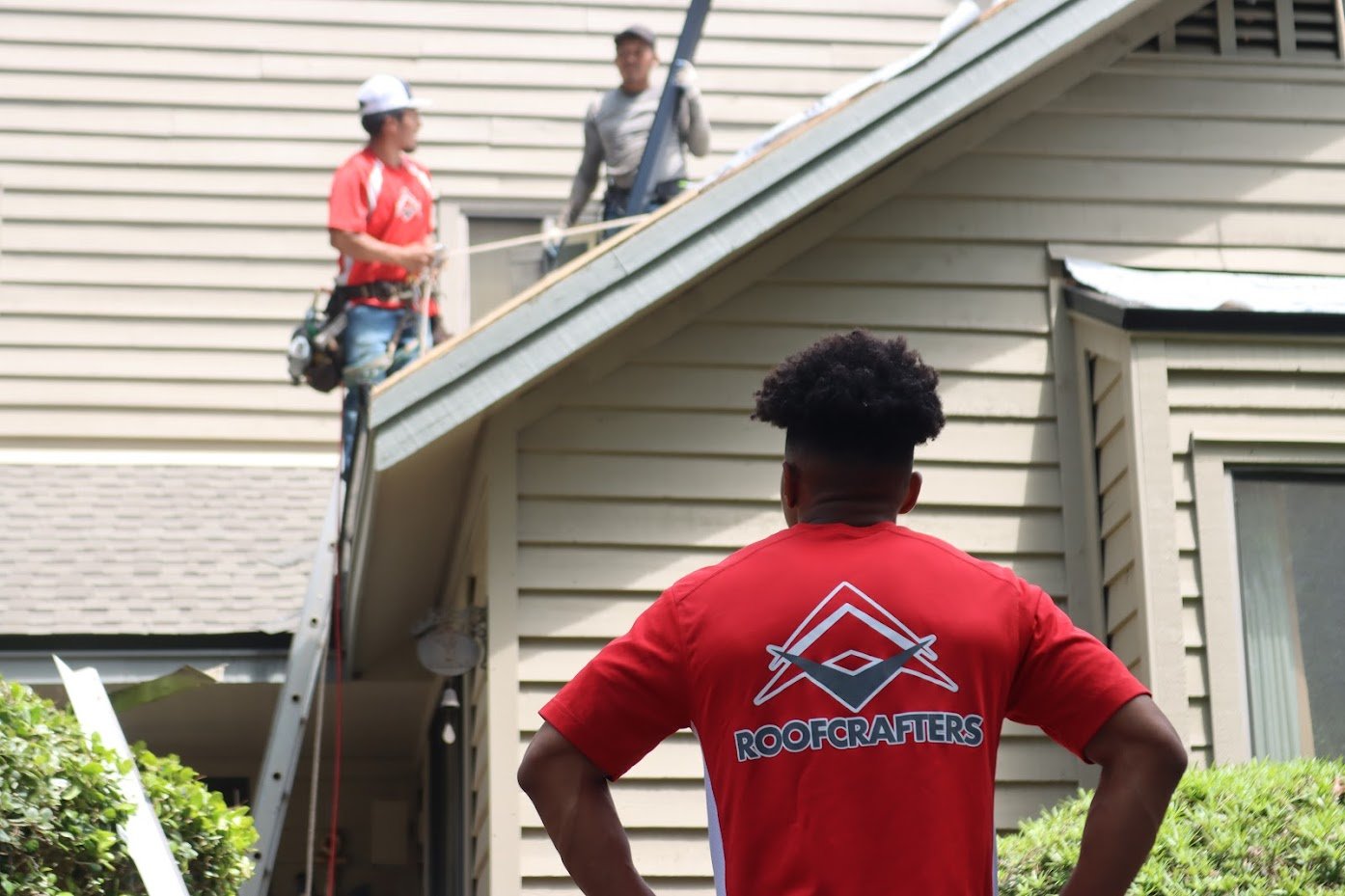
Roofing projects present an interesting mix of challenges and risks. To homeowners, building
owners, and installers alike, acknowledging and preparing for these challenges can mean the
difference between a smooth operation and one rife with mishaps. Here's a look at how a
vigilant approach to safety can turn a high-risk roofing job into a controlled, secure task.
Unraveling the Risk Matrix in Roofing Jobs
Whether it is a professional or DIY roofing task, it is inherently filled with hazards. Activities
range from working at precarious heights to navigating unpredictable weather conditions or
dealing with materials that pose a potential threat to health. The inherent risks involved make roofing projects a highly demanding task, one that demands utmost attention and respect for safety measures.
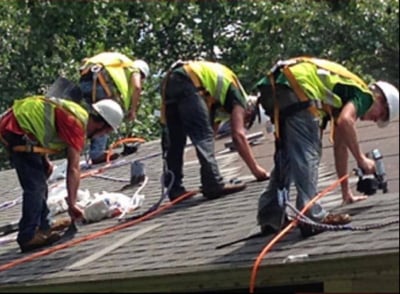
Statistics from the Occupational Safety and Health Administration (OSHA) highlight the grim reality of these risks. Falls have been identified as the predominant cause of fatalities in construction-related occupations, with roofing tasks contributing to a significant portion of these accidents. This stark statistic underscores that safety in roofing is far more than a mere consideration - it is, unequivocally, a fundamental necessity.
Gearing Up for Safety: Essential Safety Equipment
From roof replacement to inspection, safety equipment serves as a physical barrier between
workers and potential dangers. Harnesses, guardrails, safety nets, and personal protective gear like helmets and gloves are no less than lifelines in a roofing project. They offer crucial protection against common threats and can significantly reduce the likelihood of work-related injuries.
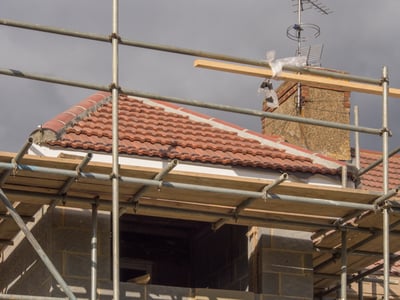
Safety solutions like EDGE Fall Protection are critical for providing an extra level of protection
against falls. They have fall arrest and restraint systems, which can be beneficial for anyone
working at an elevation.
The Safety Shield: Training and Continuous Learning
Proper safety training acts as a powerful shield, minimizing risks and transforming a daunting
task into an achievable objective. A roofer equipped with safety knowledge is an asset - he or she can identify dangers and make appropriate decisions, be it choosing the right equipment or understanding the nuances of a roof structure.
.jpg?width=400&height=267&name=docusign-BmdvFU2JLhE-unsplash%20(1).jpg)
Meanwhile, as a homeowner doing roofing projects yourself, you should take the time to learn the safety fundamentals of working at height. A quick online search will reveal various resources, including online materials.
Building a Culture of Safety
Safety isn't a box to be checked off; it's a culture to be cultivated and nurtured. When a
company's leadership puts safety at the forefront, it resonates throughout the organization, prompting workers to do the same. A strong safety culture brings tangible benefits to everyone involved - the workers are protected, and you, as the homeowner or building owner, can rest easy knowing the job is being done with an emphasis on caution.
The Homeowner's Role in Roofing Safety
When it comes to roofing projects, safety is not just the responsibility of the workers and their
employers. Homeowners, too, have a crucial role to play in ensuring a safe and secure working
environment.
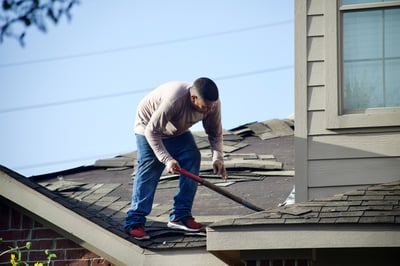
Firstly, it's imperative to hire only licensed and insured professionals. This not only guarantees the quality of work but also ensures that the team is trained to follow safety protocols. Licensing indicates that the roofing company complies with local safety standards and insurance coverage protects you and the workers in case of any accidents.
Secondly, provide adequate space for the safe setup of equipment and materials. Clear any obstructions around your home that may pose tripping hazards or impede the proper use of ladders and scaffolding. A clutter-free environment facilitates safer movement and significantly reduces the risk of accidents.
Lastly, understand and respect the safety guidelines set by the roofing company. These rules are established based on industry standards and years of experience dealing with potential hazards. If the team insists on waiting out adverse weather or taking certain precautions that might prolong the job, trust their judgment.
Conclusion: Safety First
In the end, safety is an integral component of any roofing project. By recognizing the inherent
risks, providing thorough safety training, using the right safety equipment, and fostering a culture of safety, we can safeguard our invaluable workers. Even if you’re a homeowner embarking on a DIY repair, the things mentioned above are important. However, if you aren’t confident in your knowledge or you do not have the necessary safety equipment, it’s best to leave the job to the pros.
Our family at RoofCrafters has been helping homeowners for 3 decades. We've done so by helping protect their properties and our teammates while we perform our work. To learn how to find and hire a contractor near you we've also included a free hiring checklist below.
At RoofCrafters, our mission is to provide job opportunities for others to thrive and grow while making a meaningful impact within our communities.




